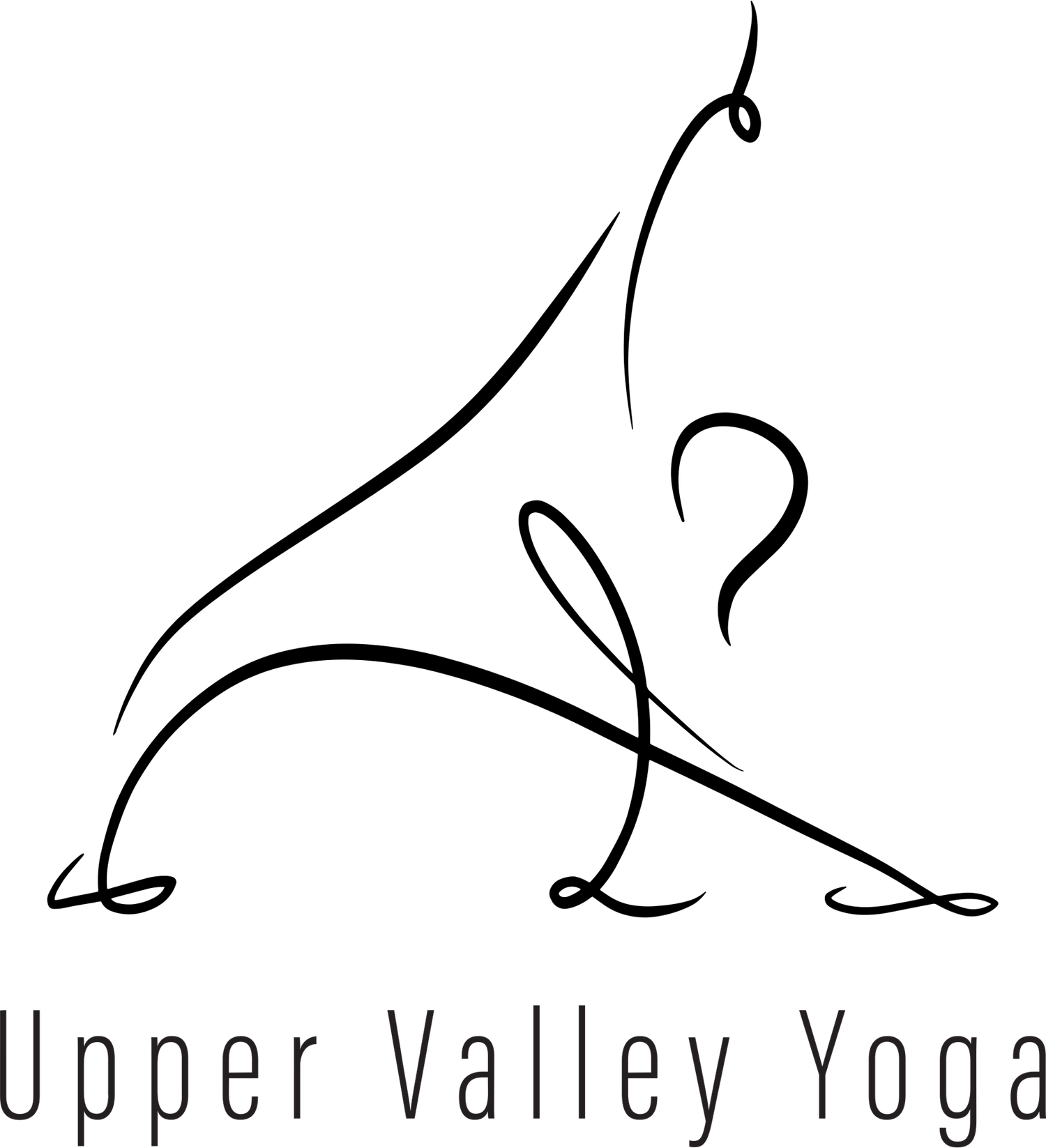Prana Vayu, the Energy of Expansion
I thought Iwould devote the next 5 newsletters to mini essays (Sharon calls them'essayettes') on the subject of the 5 Prana Vayus, with the disclaimerthat this rich and layered topic is much much more than what I canpresent briefly here. That said, an introduction to the Vayus—thedifferent "winds" of Prana that help us understand how energy moves inthe body—is a reminder that yoga invites us to explore not just theworld of asana and the obvious physical body, but also the more nuancedrealm of the subtle body. Prana can be understood as that which instillslife in a being by filling it with continual movement—life force,energy, you get the idea. The Prana Vayus are 5 subcategories of Pranathat govern different movement, functions, directions and organs withinthe physical body, and are associated with various aspects of thebreath.
The first of these is called Prana Vayu (which is a little confusing asit is also the name given to the 5 Vayus as a group.) Prana Vayu isassociated with inhalation. As such it concerns the energy ofreception—the taking in of oxygen and nourishment. It inspires the feeling of upward lift and expansion. Tounderstand Prana Vayu, take a comfortable seat, and close your eyes.Turn your attention fully to your breath. Begin to notice that the bodymoves with every inhalation, with every exhalation. Pay attention towhat that movement is, on inhalation. You will soon identify the "up"lift of the chest on inhalation as the lungs fill, the drop onexhalation. Beyond physical movement, think of the soaring euphoria thatsometimes accompanies backbending poses, or what is known in morerecent, western lingo as "heart opening" poses. But, yoga poses arenever one-dimensional expressions of a single direction, and similarly,the energy of Prana Vayu is held in check by its opposing energy, ApanaVayu. If you've practiced yoga awhile you know this intuitively. You canunderstand it this way: in a pose like dropping back from standinginto urdva dhanurasana (upward facing bow), if you rely only on theenergy of Prana Vayu lifting you up, you have no foundation from thefeet and legs to ground you and give the pose substance and structure.If you rely only on Prana Vayu, you soar into the sky ready to fly butwith no base to support you, you probably fall onto your head. The poserequires both Prana Vayu and Apana Vayu. Ultimately, none of the 5 Vayusexists completely independently but function instead as a kind of loopwithin the system of the body. I'll talk more about the next one, ApanaVayu, in the next newsletter. Until then, I invite you to explore theways in which Prana Vayu is present as you practice yoga in classes orat home.

